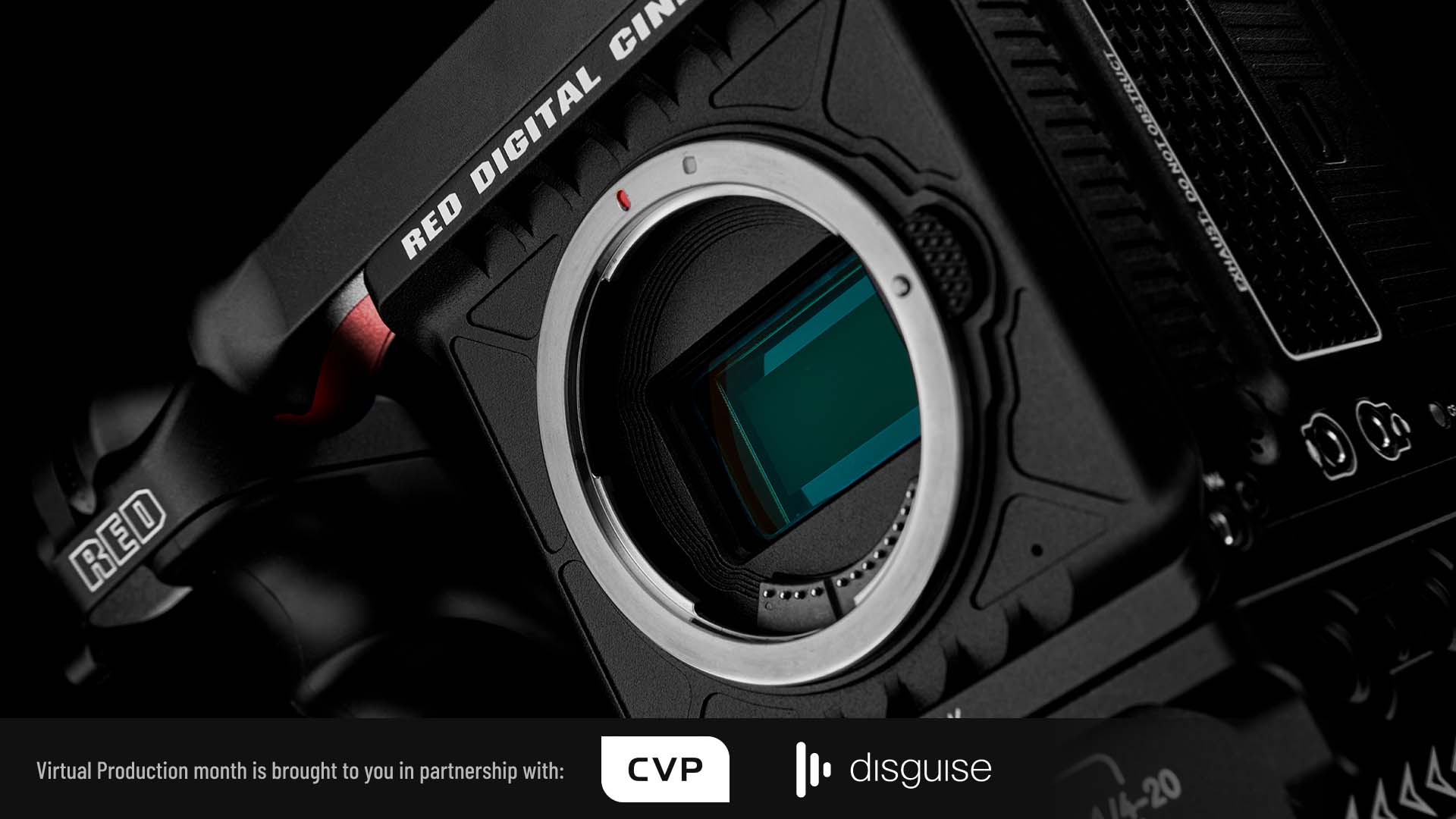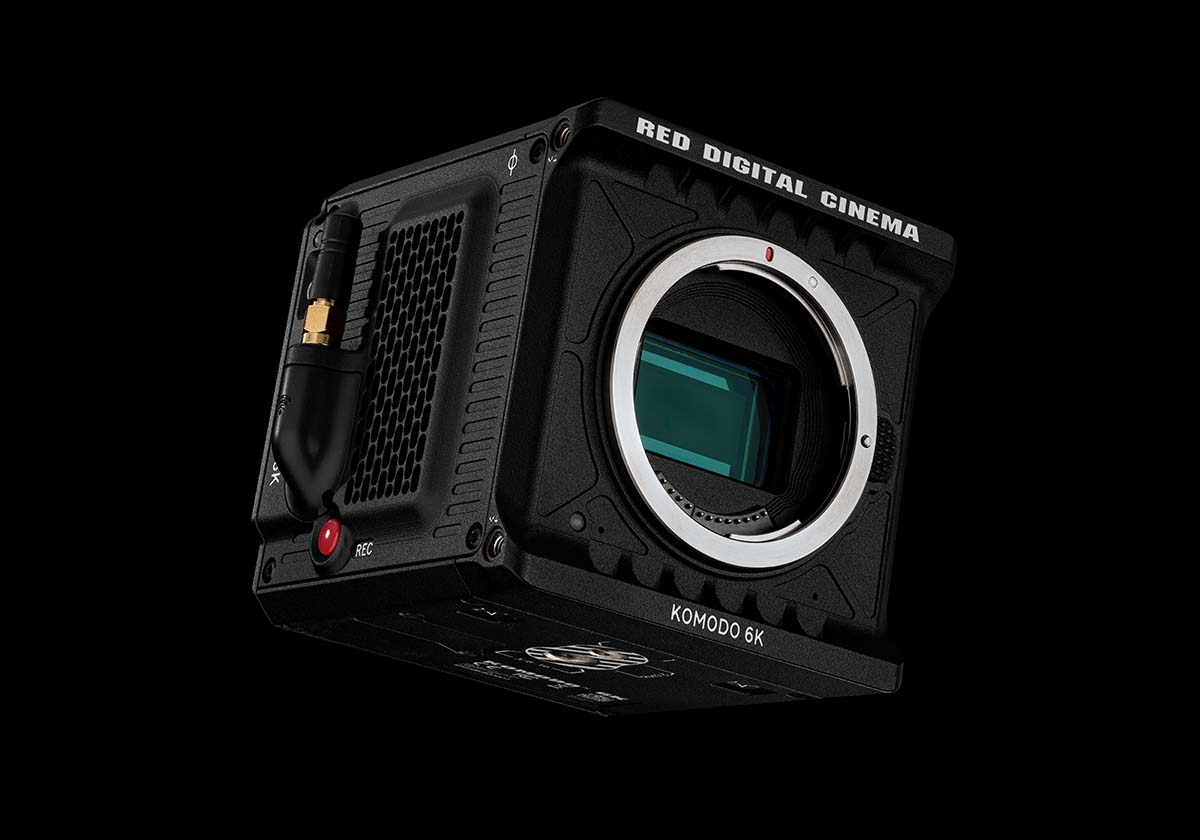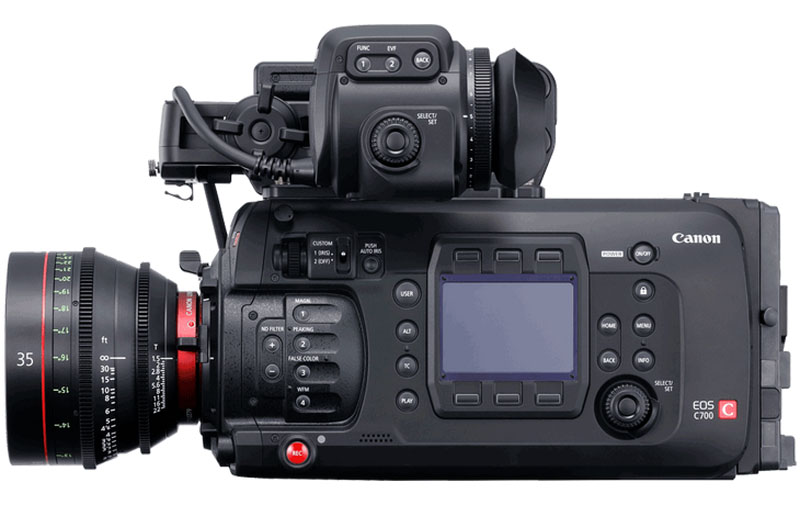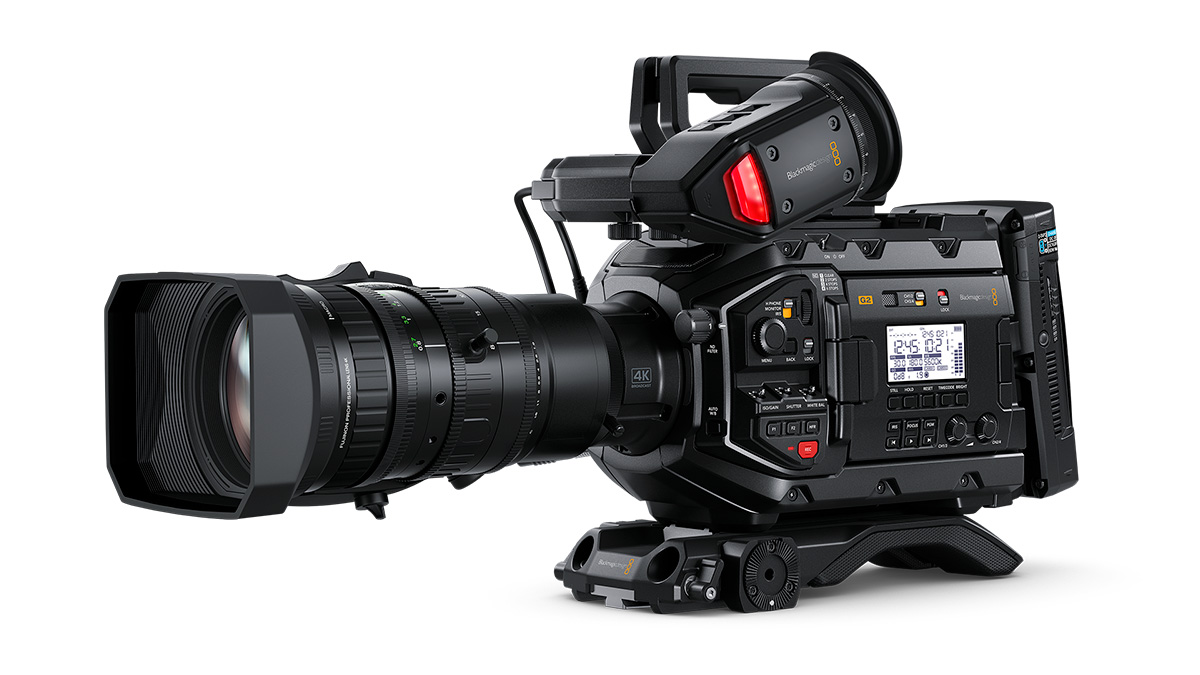
Virtual Production still appears to be the preserve of the big studios. However it is gradually becoming more accessible. Here are three cameras that are perfect for virtual production, without a Hollywood budget.
Virtual production means many different things to many different people, and it encompasses everything from aspects of remote production through to in-camera VFX and cinematography. The talk of the town at the moment is with in-camera VFX such as that brought to fame by The Mandalorian, as well as the slightly more traditional method of using green screen and combining camera motion tracking with a realtime graphics system like Unreal Engine.
Virtual production in this way is gaining in popularity as well as in technological advances, although doing it properly still remains very much entrenched at the higher end of things. Or so it seems. Whilst 'indie' style VP is possible with any camera, to perform it to a professional level really does require a properly set up LED volume stage or green screen, and the associated gear that goes with that.
Quite clearly an important tool in virtual production is the camera you use. Filmmakers on lower budgets have experimented with everything from webcams to mirrorless hybrid cameras, but these are not ideal for the job. When you are selecting a camera to use for VP, an extremely important feature to have is genlock. Anyone who is familiar with broadcast systems and multi-camera studio shoots will be familiar with genlock, but for those not in the know, genlock synchs up the frame capture of different devices.
Why is this important? Well, in the case of virtual production where you have a camera, an LED volume, a motion capture device, and software that is generating a virtual backdrop, all of these must be frame-synched together to avoid problems.
This accuracy becomes even more important when it comes to virtual green screens, where the LED volume displays a backdrop and a green screen on alternate frames, or even when used with a traditional green screen and synched to Unreal Engine with realtime keying.
Lastly, for shooting on an LED volume, your camera of choice should, in perfect circumstances, also have a global shutter, or at least an extremely fast sensor readout that eliminates the risk of any artefacts. And yes, we know that the Mandalorian was shot using an ALEXA LF, a camera that very much features a rolling shutter. However, having a global shutter does increase your stylistic options when it comes to camera movement with a virtual backdrop. Here are some options for those on slightly more modest budgets.

Image: RED.
RED KOMODO
The RED KOMODO is finding itself a bit of a niche in virtual production due to a combination of great image quality, and the all important inclusion of both a global shutter CMOS sensor and SDI-genlock and timecode in facilities. At £5940 including VAT, the RED KOMODO is a realistic proposition for all levels of production even if it needs to be rented in.
Up to 6K of resolution is possible, with 48fps being possible in 5K resolutions, which would also make it useful for virtual green screen use.It could be construed as pricey for some on the tightest budgets, but it ticks all the boxes, even for those on Hollywood sized budgets.
CANON EOS C700 4.2K GS PL

The Canon EOS C700 is an older camera, and it doesn't come as standard with a global shutter, however the company does offer a sensor replacement service that replaces the standard sensor 4K sensor with a 4.2K alternative along with a PL mount. This 4.2K sensor features a global shutter, although users sacrifice the autofocus system and 1-stop of dynamic range with the upgrade. Note that this is not the newer EOS C700 FF camera, which currently does not support a global shutter system.
The EOS C700 can record to 10-bit ProRes internally, or it can record raw video at up to 120fps using the optional CODEX CDX-36150 recorder.
Just like the KOMODO, the EOS C700 4.2K GS PL supports genlock, and although the C700 might not be an immediate choice that springs to mind, nor is it the newest camera on the block, but it is a useful one to be aware of that supports the wide range of PL lenses out there. For people after a used bargain, this could be one to look out for.
Blackmagic Design URSA Broadcast G2

The Blackmagic Design URSA Broadcast G2.
The Blackmagic URSA Mini G2 doesn't feature a global shutter, however its ability to genlock means that it can still be a very useful tool for virtual production when combined with motion tracking, green screen and Unreal Engine.
The URSA Mini G2 features a 4.6K resolution S35 sized sensor and a Canon compatible EF mount as standard. At £3618 it is also very affordable for a camera of its versatility and capabilities.
When it comes to the perfect VP camera, there is some restriction on the number of models that tick the important boxes for features. However, as virtual production becomes increasingly important, so will the demand for cameras that meet the ideal requirements for such use, and these will eventually filter down into the more affordable models.
It could be argued that the price of the camera is irrelevant, given that camera hire is fairly easy and straightforward. However, going forward, virtual production may feature increasingly in the aims of indie producers who want to ensure that their cameras can be used in a wider variety of circumstances, particularly if they are aiming to build their own virtual studios.


Comments